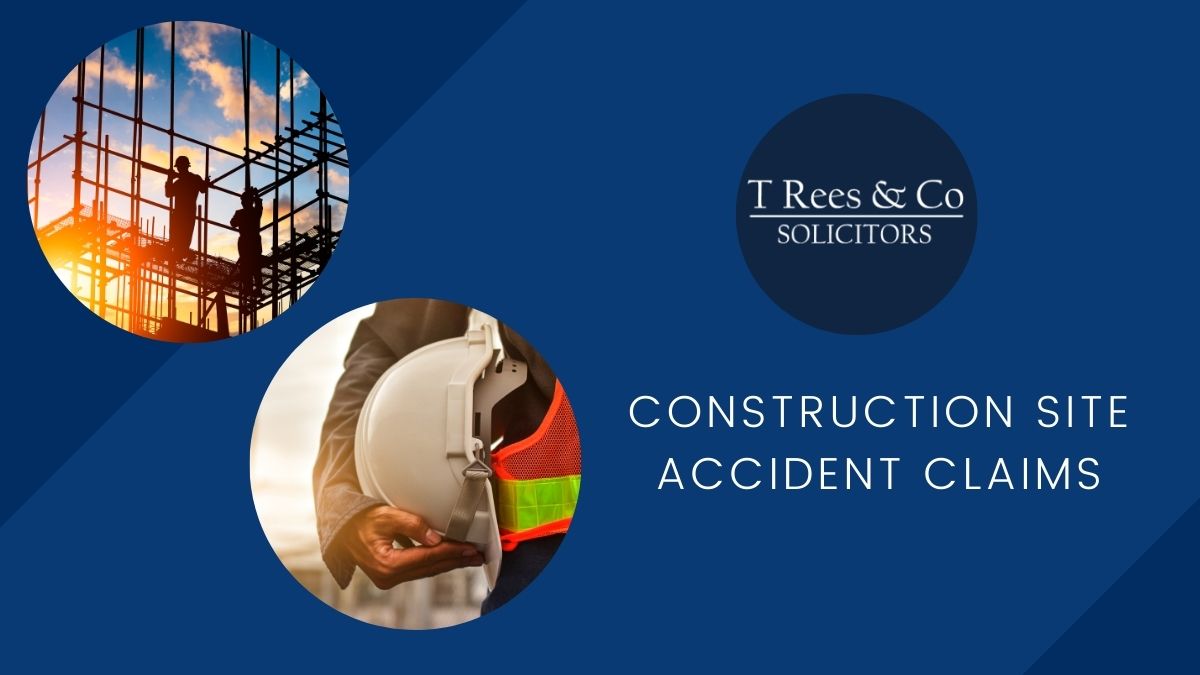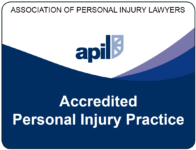Construction Site Accidents
T. Rees & Co in Bexleyheath often act for claimants injured whilst working at construction sites.
Construction Site Accidents Claims
T. Rees & Co in Bexleyheath often act for claimants injured whilst working at construction sites. Working at construction sites can be dangerous and that is why the main contractor responsible for supervising other contractors working at the site has to prepare appropriate written risk assessments and method statements to identify what could cause an accident and what can be done to eliminate the risk of injury, where that risk cannot be eliminated to minimise the risk. Risk assessments and method statements should also be carried out by sub-contractors working at the site.
A claimant will often have a claim against both the main contractor, who is responsible for the overall supervision of the site and the sub-contractor, who the claimant is working for. A compensation claim would arise where the main contractor or sub-contractor was negligent and/or in breach of statutory duties owed to the injured claimant. A claim can also be made where the claimant is self-employed.

The Work at Height Regulations 2005.
These regulations require employers to ensure that all work carried out at height is properly planned, properly supervised and carried out safely. The employer is under an obligation to take sufficient measures to prevent employees from falling and covers equipment such as scaffolds, cherry pickers, scissor lifts, mobile scaffold towers, ladders and raised platforms. A ladder should be used only where it can be demonstrated that a more suitable form of work equipment cannot be used.
The Manual Handling Operations Regulations 1992.
These impose a duty on the employer to avoid the need for employees to carry out manual handling operations at work which involve a risk of being injured, but where it isn’t possible to avoid the risk entirely to keep the risk to a minimum. The regulations provide important guidance as to the maximum weights that can be safely lifted manually so as to minimise the risk of injury.
The Enterprise and Regulatory Reform Act 2013.
Removed the presumption that a breach of the employer’s obligations created a civil liability. However breaches of the Regulations are evidence of the employer’s negligence so are still relevant.
Personal Protective Equipment Regulations 1992
These regulations require all employers to provide suitable personal protective equipment such as hard hats, goggles, high visibility vests, steel toe capped safety boots and gloves.
Construction Design and Management Regulations 2015.
These Regulations require the employer to provide suitable and sufficient safe access and exit routes to and from every place of work. The Regulations also require the employer to ensure that all plant and equipment used when carrying out construction work is of good construction and suitable for its purpose and its properly maintained. The Regulations also require the employer to ensure that all persons carrying out construction work receive proper training.
The Lifting Operations and Lifting Equipment Regulations 1998.
These regulations impose a duty on the employer to ensure that all lifting equipment is of adequate strength and stability.
The regulations also require employers to ensure that employees are not injured when using the equipment and there is no risk of them falling or being trapped by it.
The Management of Health & Safety at Work Regulations 1999.
These regulation require an employer to carry out a suitable and sufficient assessment of the risk to health and safety of workers at constructions sites.
The Provision and Use of Work Equipment Regulations 1998.
Imposes obligations on the employer to ensure that work equipment is suitable for its intended use and is not defective.
T. Rees has recovered compensation for claimants who have suffered brain injuries, multiple fractures, soft tissue injuries, scar & burn injuries, injuries to the neck / back / shoulders & limbs and industrial disease injuries sustained as a result of accidents at constructions sites.
We can also recover compensation for the following:
- Loss of earnings whether employed or self employed.
- Loss of bonuses, allowance & holiday entitlement
- Loss of overtime earnings.
- Loss of pension.
- Loss of future earnings.
- An award for handicap on the labour market when an injured person could find it more difficult to obtain alternative employment if they were to lose their job.
- Damage to clothing & work equipment.
- Travelling expenses.
- Medical treatment costs including medication, physiotherapy, osteopathy, private operation costs, chiropractic treatment costs and the cost of any disability equipment.
- Care awards for people who looked after an injured claimant.
- Loss of amenity for claimants who are unable to carry out or fully participate in pre-accident hobbies or sport.
- Compensation for the additional cost of holidays as a result of the claimant’s injuries.
- Compensation for loss of enjoyment of holidays or holiday cancellation costs.
Further relevant information about construction site accidents is included in the Legal Blogs Section relating to ladders and stepladders, handrails, care award claims and settlement offers in personal injury claims.
Construction site accident claims in London, Kent & South East
With many years of experience, T. Rees in Bexleyheath is the perfect choice for representation in an accident at work claim. We service across Greater London, Kent, Essex, Surrey and East Sussex. All work is done on a no win no fee basis. Please get in touch with us for more details. Similarly, you can also chat via our social profile.
Have you had an accident at work?
Call: 020 3551 7154
Find Us:
Contact Us:







